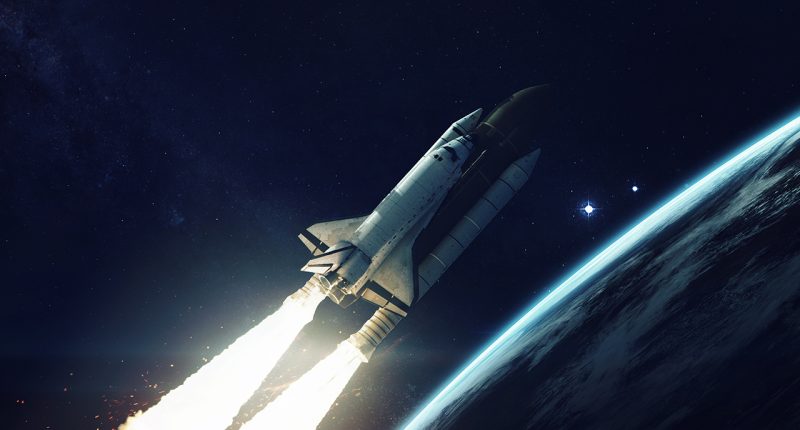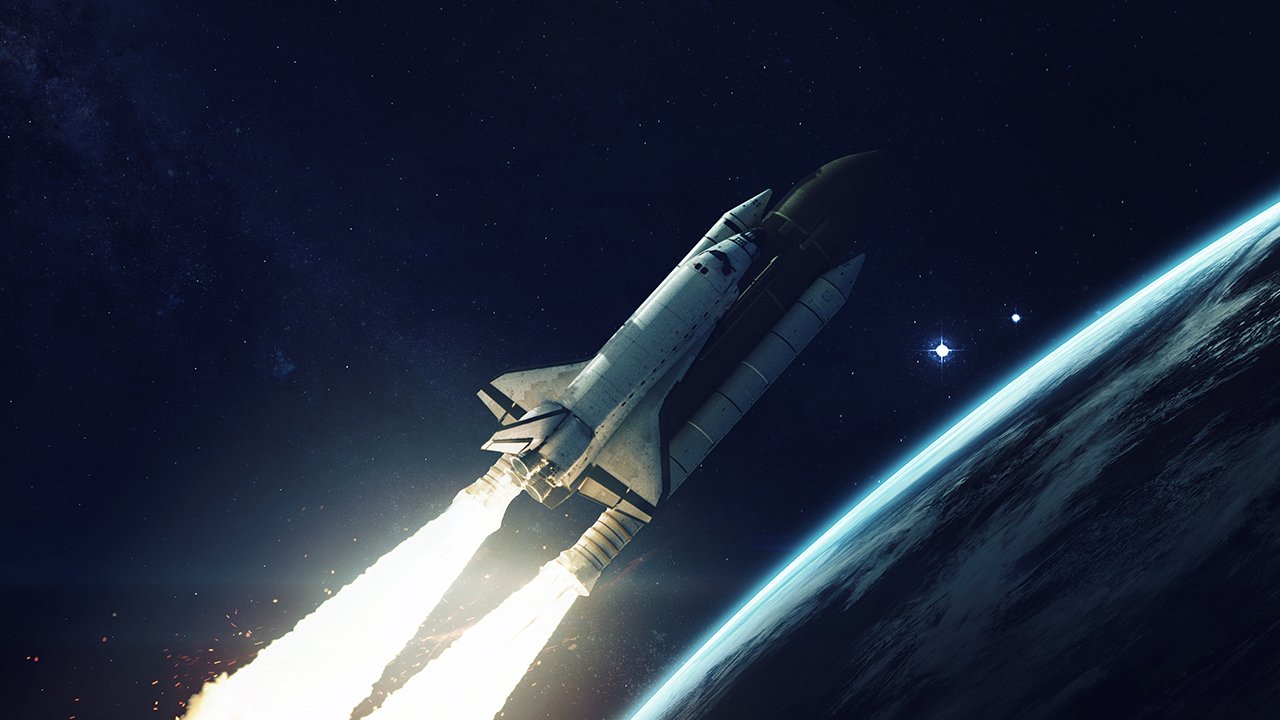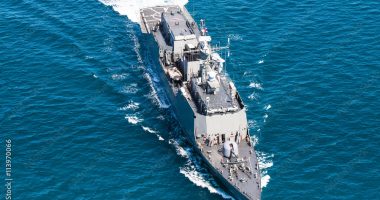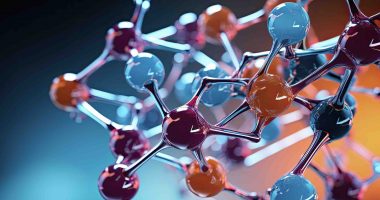- Titomic has unveiled earth’s largest additive manufactured titanium rocket at the world’s premier 3D printing trade show
- The 5.5-metre long rocket was made in just under 28 hours and used Titomic’s kinetic fusion technology
- Titanium is highly desirable due to its lightweight and high strength properties
- Titomic is up a healthy 16.1 per cent this morning with shares trading for $1.30 each
Titomic has unveiled the world’s largest additive manufactured titanium rocket at FormNext, the world’s premier 3D printing trade show.
The 5.5 metre long rocket was made in just 27.6 hours and used Titomic’s kinetic fusion (TKF) technology.
It’s a smaller-scale version of the Gilmour Space ERIS-S rocket, which weighs 27mt (metric tonnes) and will provide customers reliable and cost-effective access to space.
Titomic now has the capability to build the full-scale Gilmour Space ERIS-S rocket in just 165 hours with its TKF manufacturing process utilising its economical high-performance titanium.
Other superalloy powders can also be applied to ballistic missiles for defence applications.
The TKF technology is capable of build rates of up to 30 kilometres per hour – no small feat compared to many self-based metal additive manufacturing machines which often print less than 1 kilogram per hour.
Rockets made with this technology are half the weight of stainless-steel rockets made with traditional manufacturing methods.
This allows for the rockets to have an increased payload mass and volume capacity which opens new possibilities for more economic deliveries to space.
Kinetic fusion technology also allows for very large shapes to be produced. It shows just how far additive manufacturing has come, as well as vast improvements in productivity and affordability as the trend surpasses traditional manufacturing methods.
Titanium is a highly desirable material in aerospace and defence industries because of its lightweight and high strength properties. However, due to its limited supply, manufacturing difficulties and Russia’s position as the world’s biggest supplier, it has proven too expensive to utilise.
Due to these factors, many high-profile organisations such as SpaceX are forced to use less optimal materials such as stainless steel 301. This is twice the weight and a quarter the strength of titanium.
Titanium provides superior mechanical properties of higher fatigue and tensile strength, lower thermal expansion and specific heat capacity compared to stainless steel.
Most importantly, it can hold nearly three times the thermal shock resistance in comparison to stainless steel thus making it highly suitable for building rockets.
“Previously, titanium was more than twice the price of stainless steel but now with our development of new titanium powder supply chains and Australia’s significant mineral sand resources of approximately 280 million tonnes of titanium,” Managing Director Jeff Land commented.
“Titomic is at the forefront of advancing technology to ensure the future sustainability of the earth’s resources whilst reducing carbon emissions for global manufacturing,” he said.
Titomic is up a healthy 16.1 per cent this morning with shares trading for $1.30 at 11:41 am AEDT.







